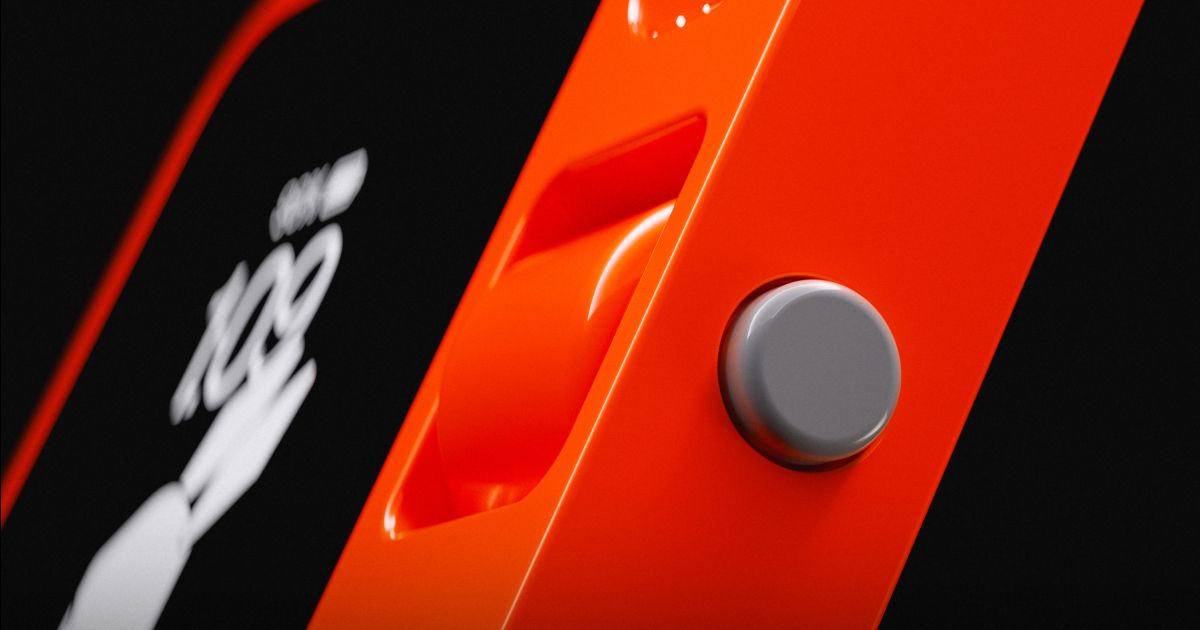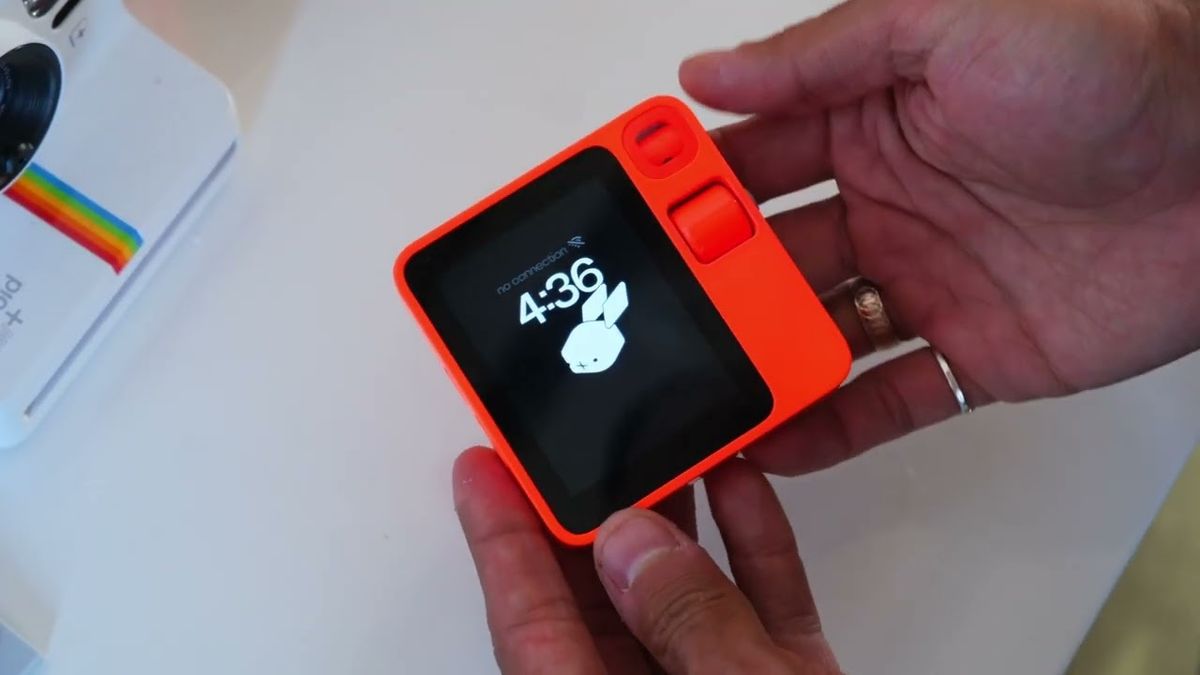and the distribution of digital products.
Why did the Rabbit R1 struggle to deliver?

The Rabbit R1 that was picked as a revolutionary AI gadget after its splash at CES 2024 turned out to give a painful lesson in the AI hardware dynamics. Although R1 started well with a vision announced by its founder Jesse Lyu this social media application has stagnated, and as of five months after its launch only 5,000 of the registered 100,000 users actually use R1.
Speaking with Fast Company, Lyu admitted that the device was rushed into the market even when it cannot fully compete with major giants such as Apple or Google. However, the false start and the string of let downs and technical issues have turned Rabbit R1 into one of the biggest AI hardware failures of the year.
The inability of the Rabbit R1 to succeed speaks volumes of the state of the AI hardware segment. Another problem was that it never came close to fulfilling the functions just announced, including its massively publicized Large Action Model (LAM). At CES, the R1 was presented as a universal tool that must solve all sorts of problems — from logging into a website to booking a flight or ordering food — with voice commands only. However, the reviewers and early users reported that these functions were either not fully implemented, or buggy.
In response the Rabbit team had to dedicate time to address these issues and released 16 firmware updates to try and fix the issues. Such updates were made to try and fix the failures of the R1 but for many users the harm was already done. During the first months following application release, many early users got disappointed and the number of DAU significantly declined. The problem is Rabbit R1 has no unique market to target because the device is complicated and needs time in order to learn commands, while smartphones are also incorporating AI capabilities as their features, which in effect threaten the existence of Rabbit R1.
A broader struggle in AI hardwareCurrently, Rabbit R1’s difficulties are not unique – this issue lies at the heart of many AI hardware development processes. As corporations strive to capture what the future of intelligent devices will be, they are faced with incredibly difficult and complex practical and infrastructural problems of how to implement encasements that encompass all of form and function while optimizing for the user’s experience.
Another fine example includes the recent case of AI Pin developed by the Humane to remove all the wrong pins but was also a flop. Originally capitalized at $850 million, Humane’s product was being brought back more than it was being sold. Same as in the case of Rabbit R1, Humane’s AI Pin promised many things but could not live up to expectations.
 Rabbit R1’s difficulties are not unique – this issue lies at the heart of many AI hardware development processes (Image credit)
Can the R1 be redeemed?
Rabbit R1’s difficulties are not unique – this issue lies at the heart of many AI hardware development processes (Image credit)
Can the R1 be redeemed?
Despite the bad experience with Rabbit R1 on its inception, Jesse Lyu seems hopeful for the automobile. The company is still refining Large Action Model; the next version of LAM is set to go live in beta on October 1. The author likes to think that this update will fix many of the problems users encountered with the first release. The LAM has also been upgraded, with LYu’s team working on allowing it to move through websites and complete tasks such as adding products to a cart or even booking a flight.
As per the feedback information received from the beta users, the new LAM system of WIP is slower, systematic and buggy but this is an improvement from the previous system.
However, challenges remain. This leads to the third problem of the LAM system, along with its strong dependency on working with third-party websites, there are always questions regarding compatibility. LAM potentially leaves Rabbit R1 vulnerable to being shut down if large sites such as amazon or google decided to block the LAM from accessing their systems.
It remains to be seen as to whether standalone AI gadgets such as the Rabbit R1 can effectively challenge AI built into smartphones. Smartphones such as iPhone 16 and Sumsung S24 already come with advanced AI abilities which can perform most of the LAM tasks which Rabbit boasts of. Lyu has also reaffirmed that Rabbit is not simply about phones but has aspirations of a standardized system that should be installable with equal ease in Linux, Windows, macOS and so on. But if consumers are indeed willing to care enough as to invest in another device, which is the portable smart speaker at that, let alone when they already have in their hands AI-powered smartphones that also boast significant levels of audio quality?
In conclusion, Rabbit R1’s evolution is oriented to the formation of turning points inherent in the formation of a new industry. Despite the firsthand experience in overcoming criticism as well as defending themselves from the criticism Lyu and his team crafted a tough path towards rehabilitation and redemption. The AI hardware industry is full of potential but is also full of risks; there are pitfalls that, when properly understood, should be avoided in practice but are currently causing tension between practicality and idealism.
Featured image credit: Rabbit
- Home
- About Us
- Write For Us / Submit Content
- Advertising And Affiliates
- Feeds And Syndication
- Contact Us
- Login
- Privacy
All Rights Reserved. Copyright , Central Coast Communications, Inc.